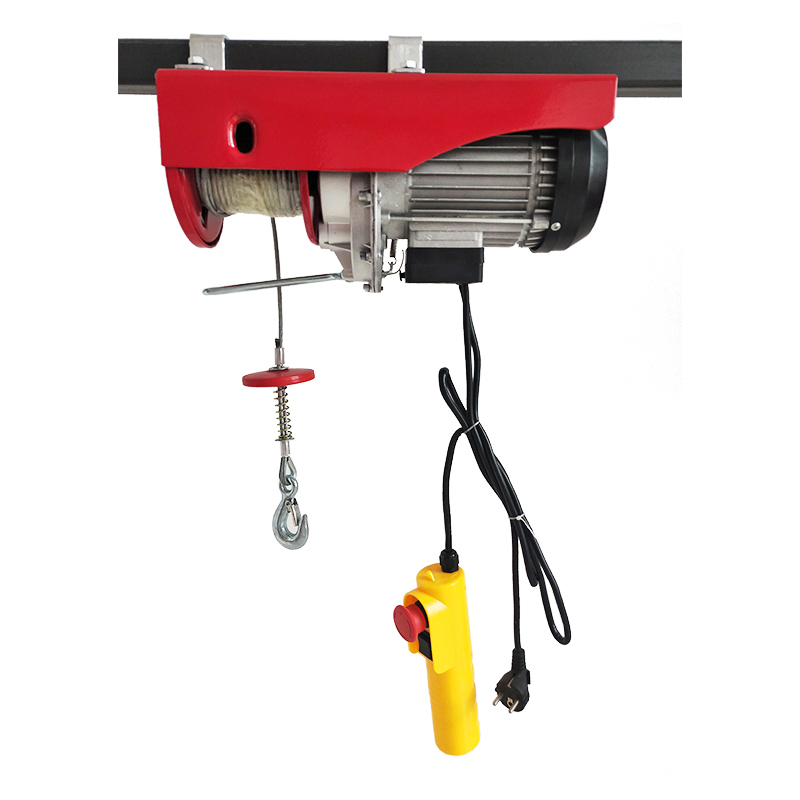


Understanding Crane Load Scales A Key Component in Safe Hoisting Operations
Crane load scales are essential tools designed to ensure the safe and efficient operation of cranes in various lifting applications. As construction sites, factories, and ports increasingly rely on cranes to handle heavy and oversized loads, the importance of accurate load measurement becomes paramount. These instruments not only enhance safety by preventing overloading but also improve operational efficiency by allowing operators to make informed decisions regarding load management.
What Are Crane Load Scales?
Crane load scales, also known as load cells or weight indicators, are devices installed on cranes to measure the weight of the loads being lifted. They function by converting the force of the load into an electrical signal, which is then displayed in real-time. This capability allows operators to monitor the weight of the load accurately before and during the lifting process. Various types of load scales are available, including digital, analog, and wireless systems, each with its own advantages depending on the specific application.
Types of Crane Load Scales
1. Digital Load Scales These scales provide a numerical readout of the load weight, often featuring advanced capabilities such as overload alarms, data logging, and connectivity with other devices. They are commonly used in construction and shipping industries.
2. Analog Load Scales These scales utilize dial gauges to indicate weight, offering a simple and cost-effective solution for smaller operations where precision is less critical.
3. Wireless Load Scales Wireless systems transmit weight data to a remote display or control unit, allowing operators to monitor loads from a safe distance. This technology is particularly beneficial in large construction sites where visibility may be limited.
4. Inline Load Cells Installed directly into the lifting mechanism (like hooks or shackles), these load cells measure weight during the lifting operation without the need for external displays.
The Importance of Accurate Load Measurement
Accurate load measurement is vital for several reasons
1. Safety Overloading cranes can lead to catastrophic failures, resulting in accidents, injuries, and damage to property. Crane load scales help operators stay within safe lifting limits, significantly reducing the risk of accidents.

2. Compliance Many industries are subject to strict regulations regarding weight limits and safety standards. Using certified load scales ensures compliance with these regulations, helping companies avoid legal issues and potential fines.
3. Operational Efficiency By providing real-time weight data, load scales enable operators to streamline their lifting processes. This leads to better scheduling and resource allocation, minimizing downtime and increasing productivity.
4. Cost Savings Preventing overloading not only protects equipment but also extends its lifespan, reducing maintenance and replacement costs. Moreover, efficient load management can optimize fuel consumption and operational costs.
Choosing the Right Crane Load Scale
When selecting a crane load scale, several factors should be considered
1. Capacity Ensure the load scale can handle the maximum weight of the loads you intend to lift.
2. Accuracy Look for scales that offer high precision to ensure reliable measurements.
3. Durability Given the harsh conditions often found on construction sites, the scale should be rugged and resistant to dust, water, and other environmental factors.
4. Ease of Use User-friendly interfaces and clear displays enhance operational efficiency and minimize the risk of errors.
5. Integration If you’re using other machinery or software, check whether the load scale can integrate seamlessly for better data management.
Conclusion
In summary, crane load scales are integral to maintaining safety and efficiency in lifting operations. They provide essential data that informs operators and helps prevent accidents due to overloading. By selecting the appropriate type of load scale and adhering to safety regulations, businesses can greatly enhance their operational practices, safeguard their workforce, and improve their bottom line. Investing in high-quality crane load scales is not just a matter of compliance; it’s a commitment to safety and efficiency in the ever-evolving landscape of heavy lifting.



